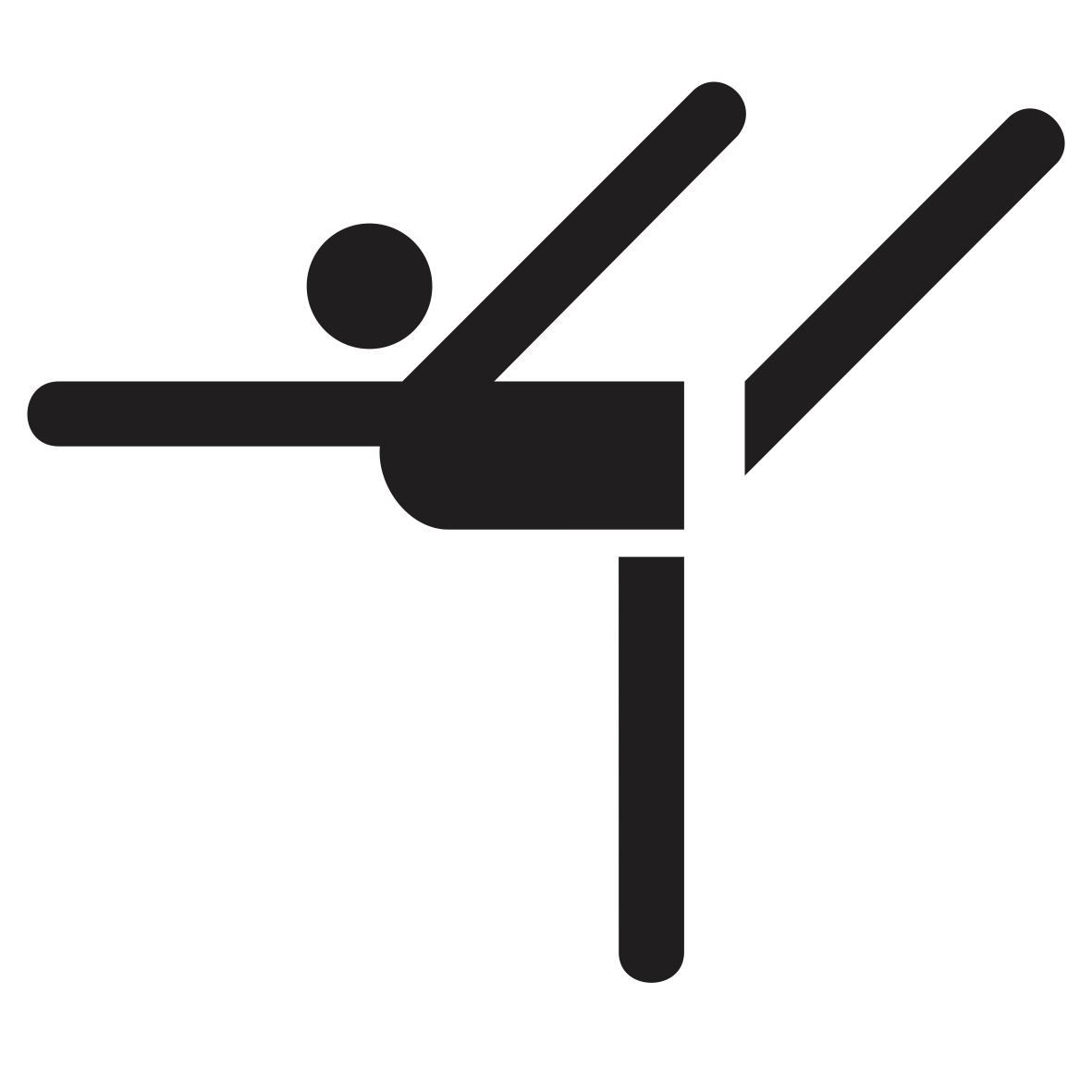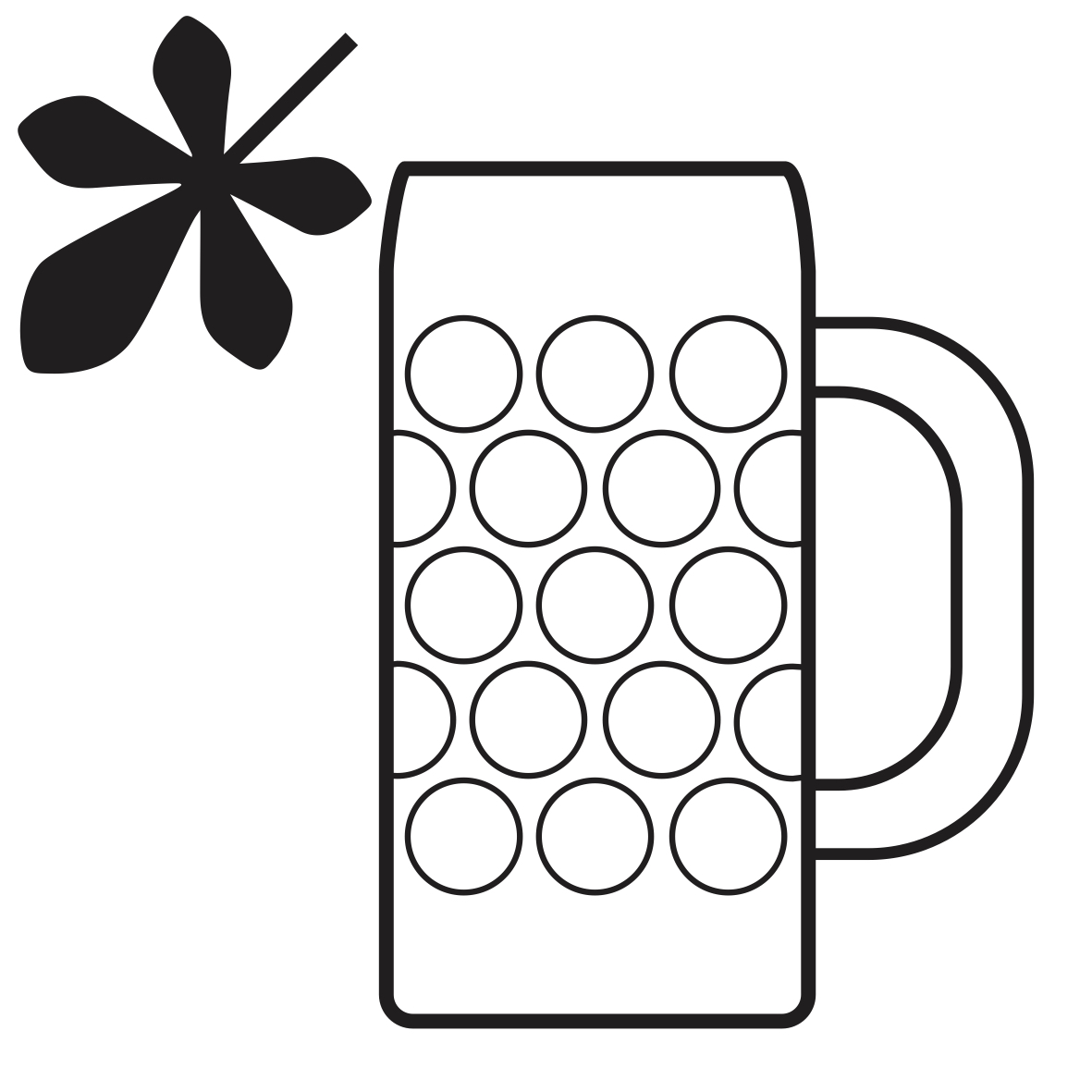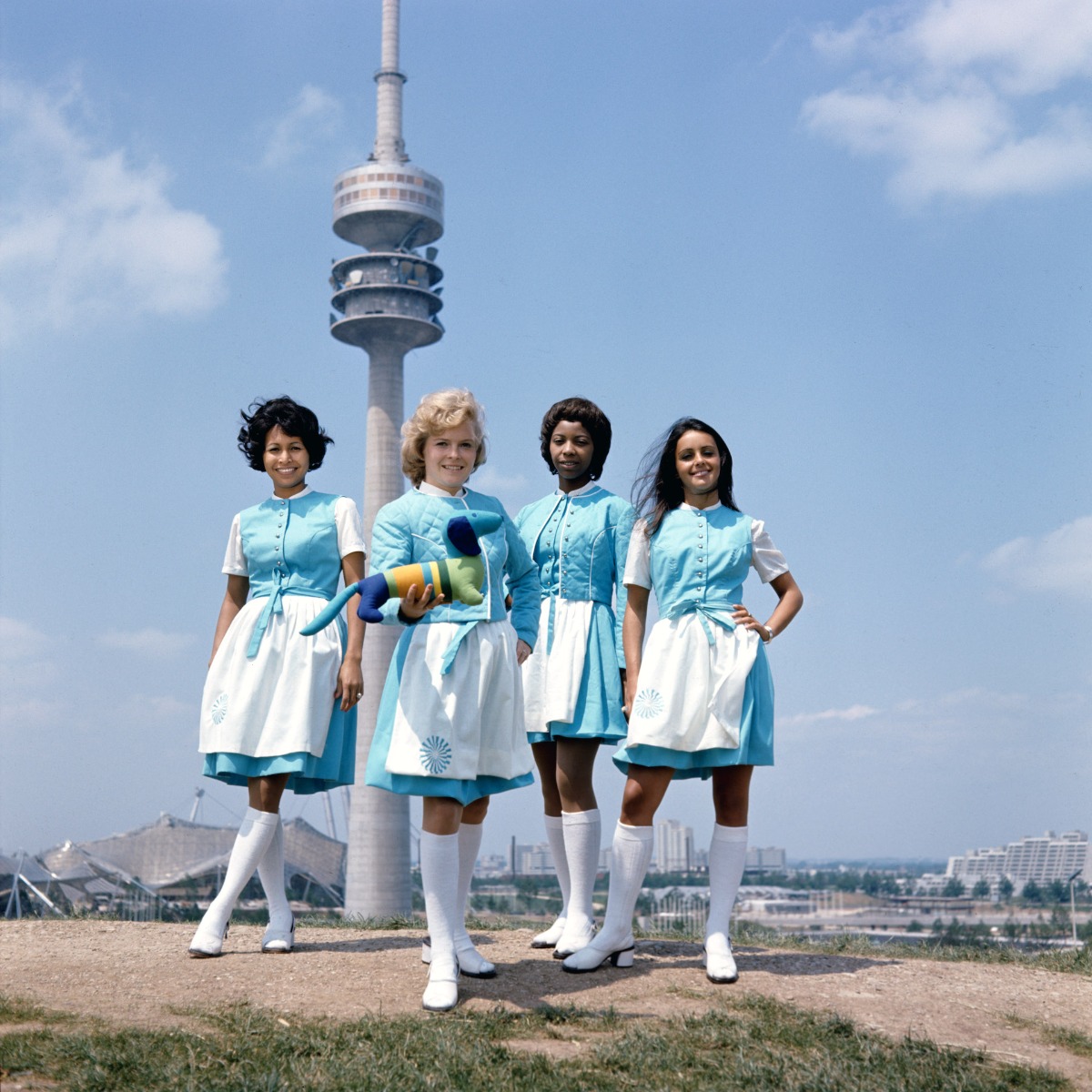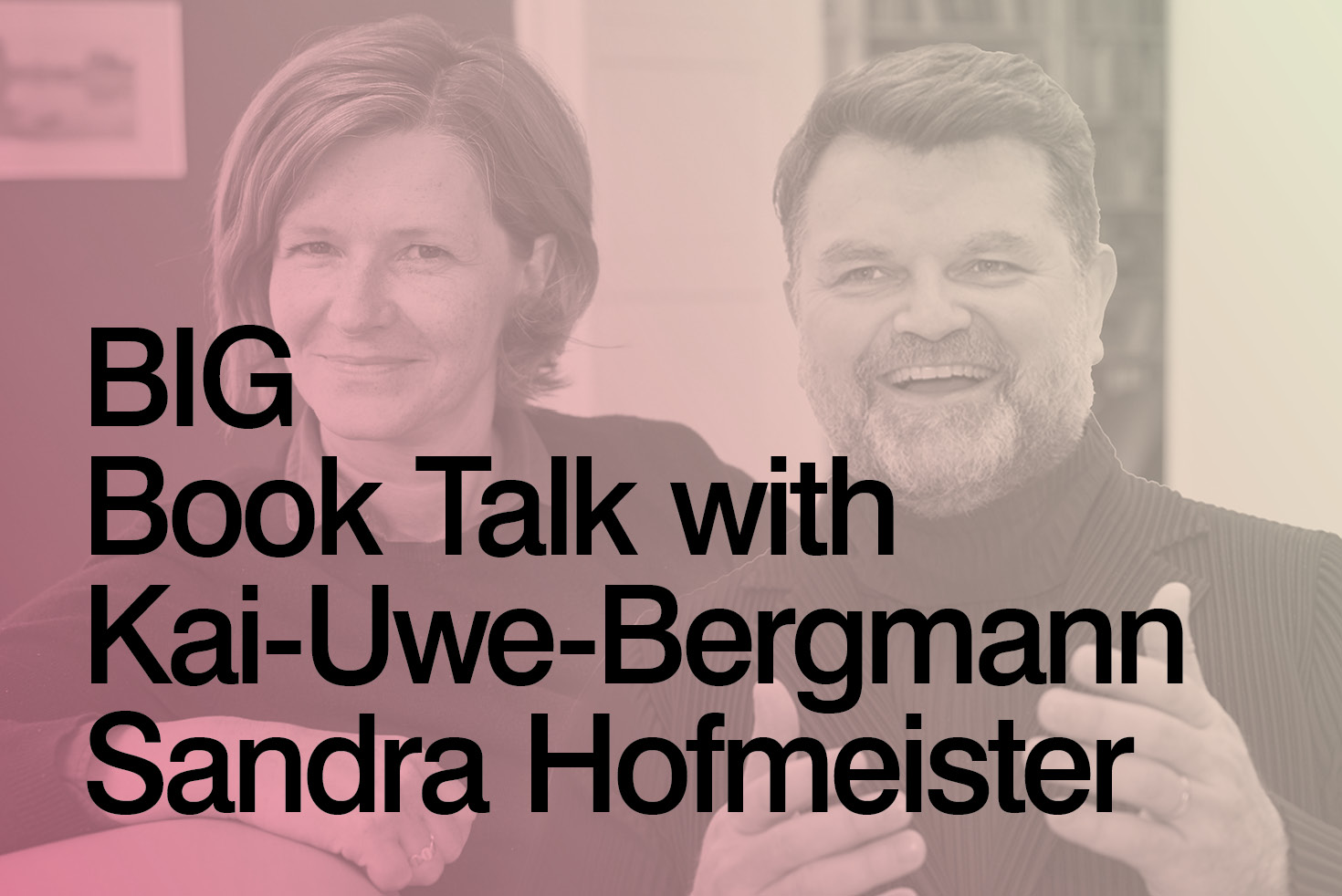Homage to the 100th birthday
Happy Birthday, Otl Aicher!
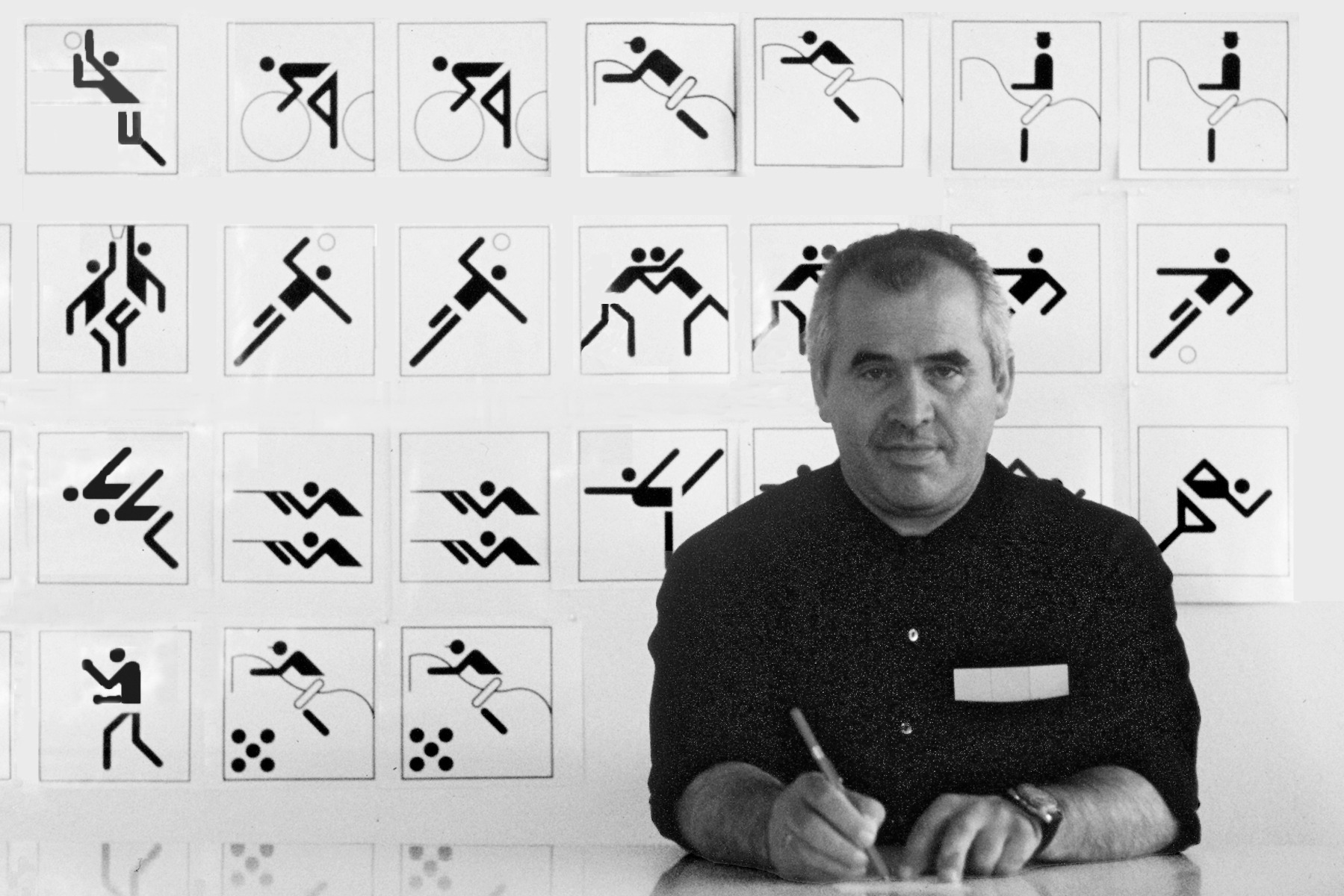
Imago / Sven Simon
What would everyday life be like without the multifaceted work of Otl Aicher? What would the Olympic Games be without sport pictograms? And what would the Munich 1972 Olympic Games have been without Waldi and the colourful, cheerful rainbow signals that can still be seen by the Isar today?


© Erco, otl-aicher-piktogramme.de


© Erco, otl-aicher-piktogramme.de
Milestones of communication
Otl Aicher’s designs created milestones of communication that have lost none of their impact. Like no other, Aicher understood how to combine theory, practice and teaching. At the Ulm School of Design [HfG], which he had established with his wife, Inge Scholl, in the postwar period he taught with the determination to convey democratic values and the ability to live a life of peace, freedom and equality. Although the HfG saw itself as the successor institution to the Bauhaus, Aicher did not emphasize proximity to art, but rather the social and ethical significance of design: “To a great extent, design takes a stand and is thus a moral activity”, Aicher said.


© Timm Rautert
The rainbow games
Although the Munich 1972 Summer Olympics were overshadowed by a terrorist attack, they are still known as the “cheerful games” or the “rainbow games”. With some justification, to a great degree this characteristic stems from Otl Aicher’s fundamental, comprehensive overall visual concept for the games. His vision included not only the Olympic grounds and sports facilities, but also the entire city and urban life in all functional areas, down to the clothing worn by Olympic staff, which Aicher created in collaboration with fashion designer André Courrèges. Aicher’s keystone designs included a choreography of colour, materials and symbols that made a big impression on the public. His dachshund Waldi – whose clear colours were omnipresent as a symbol of the games – established the tradition of Olympic mascots: as a stuffed animal, Waldi created a colourful, cheerful image of West Germany. Today, Waldi is a coveted collector’s item and a rarity among design enthusiasts.


Hostesses with Waldi, the mascot of the 1972 Munich Olympic Games designed by Otl Aicher, © BSB/Bildarchiv/Georg Fruhstorfer


© Erco, otl-aicher-piktogramme.de
For a universal language of sports
Aicher understood his task for the Munich Olympics to include the creation of order that should be evident in brochures, posters and the entire visual presentation of the Games – not least on television, admission tickets and letterheads. The pictograms for the 21 disciplines of the Summer Games were decisive for orientation in this system. The reduced symbols enable a language without words, universal and timeless. Without pathos or heroic gestures, they produce a plain, general code for international understanding. In the pictograms, athletes do not appear as superhumans, but in typical poses that signifiy neither victory nor defeat. Along with the sports disciplines, Aicher extended the pictograms to guidance signs: escalators, the airport and, above all, the beer garden could all be shown with these symbols.


Card game Otl Aicher. Munich 1972 (Edition DETAIL 2022) © Detail
Otl Aicher 100
Aicher also developed many logos and the official emblems for companies such as Lufthansa (the flying crane), the ERCO lighting company as well as the firms FSB and Bulthaup. Most have survived the decades unscathed and are still in use today. Moreover, Aicher’s pictograms have prevailed as a universal design language, a language that has not only been copied many times, but is also just as strict and comprehensible today as it was in 1972. The 13th of May would have been Aicher’s 100th birthday. To mark this occasion, many publications have appeared to honour the thinker and intellectual designer, to take a critical view of his work or to lightheartedly commemorate him.
Game tip: card game Otl Aicher. München 1972 (Edition DETAIL 2022)
Book recommendation: Winfried Nerdinger, Wilhelm Vossenkuhl (ed.), Otl Aicher: Design 1922-1991. Prestel, Munich 2022
Exhibition recommendations:
Olympia in 72 Bildern. Bavarian State Library, Ludwigstraße 16, 80539 Munich,
Prachttreppenhaus und Fürstensaal, First Floor – until 4. September, Sunday to Friday, 10 am-18 pm, closed on Saturdays and public holidays.
Otl Aicher Piktogramm, Schrift, Logo. Lippisches Landesmuseum Detmold, Ameide 4, 32756 Detmold – 17. May to 28. August, Tuesday to Friday, 10 am-18 pm, Saturday, Sunday and public holiday, 11 am-18 pm.


